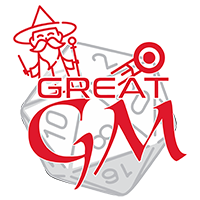Tafl Games
Tafl games are a catch-all term for any game that is played on a board that also possesses asymmetrical win conditions. Generally these games are played with one side representing the True Folk, with the other side portraying the False Folk. The True Folk's king piece is attempting to escape from the False Folk invasion, while the False Folk player is attempting to capture the True Folk king.
In the time before the War of Tusk and Horn, tafl was mainly played in the dirt with a shoddily-scrawled grid. The pieces were often rocks, acorns, or whatever else was available. Originally invented by the orcs, it was a game that rarely made it out of the slave camps that the majority of orcs were confined to. In the years since the War of Tusk and Horn, however, tafl games have spread across all of the allied nations, even reaching as far as the northern Rainlands to the west.
History
Tafl games originated somewhere north of the windy steppes, though none know exactly where or when. The oral histories of several orcish clans tell of the invention of tafl, which may imply that it developed independently in multiple locations. Minotaur scholars believe it to be more likely that tafl had a single point of origin that spread to neighbouring clans early, and from there to tribes. Clans and tribes that had only occasional contact with each other could have easily passed off the invention as theirs, and enter it into their own oral histories.
Execution
Games of tafl are undertaken as a social experience, often while drinking, feasting, or resting. Tafl is played both casually and competitively, with tafl champions occasionally gaining much renown.
Components and tools
Tafl can be played with as little as a gridded board and some pieces to play with. The number of pieces on each side and the size of the board are both extremely variable, and many different versions exist.
Remove these ads. Join the Worldbuilders Guild









Comments